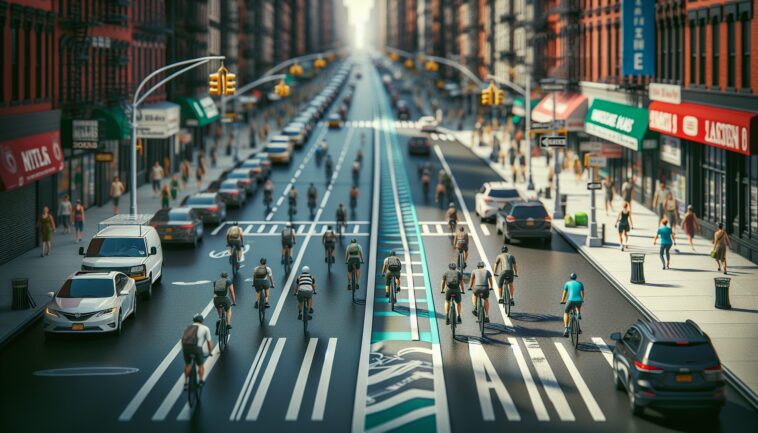Table of Contents
Understanding congestion pricing in New York City
Congestion pricing has become a hot topic in New York City, especially with the recent implementation of a toll for vehicles entering Manhattan during peak hours. This initiative aims to reduce traffic congestion and generate revenue for public transit infrastructure.
However, many New Yorkers view it as an unfair burden, particularly for those who rely on their vehicles for commuting. President Trump has seized upon this sentiment, proposing a plan to eliminate the toll through federal intervention.
Trump’s proposed actions against congestion pricing
In a recent interview, Trump outlined his strategy to pressure the federal Department of Transportation to revoke the congestion pricing scheme. He hinted at potential penalties, such as withholding federal funding, which could significantly impact New York’s transportation budget.
With $36 billion in federal transportation funding at stake, Trump’s approach could reshape the financial landscape for the city. He expressed hope for a collaborative solution with Governor Hochul, emphasizing his respect for her position while criticizing the toll as detrimental to New York’s economy.
Addressing urban safety and bike lanes
Beyond congestion pricing, Trump has also voiced concerns about urban safety, particularly regarding bike lanes and the rise of electric bikes. He argues that these lanes contribute to traffic congestion and pose risks to pedestrians.
With increasing reports of accidents involving e-bikes, Trump advocates for the removal of bike lanes to enhance safety on city streets. His stance resonates with many residents who feel that the current infrastructure prioritizes cyclists over pedestrian safety.
The broader implications of Trump’s policies
Trump’s proposed changes extend beyond congestion pricing and bike lanes. He has also indicated a willingness to challenge New York’s sanctuary city policies, which he believes hinder law enforcement efforts against criminal illegal aliens. This multifaceted approach aims to address not only traffic issues but also broader concerns about public safety and immigration. As Trump continues to advocate for these changes, the implications for New York City could be profound, affecting everything from traffic patterns to community safety.




